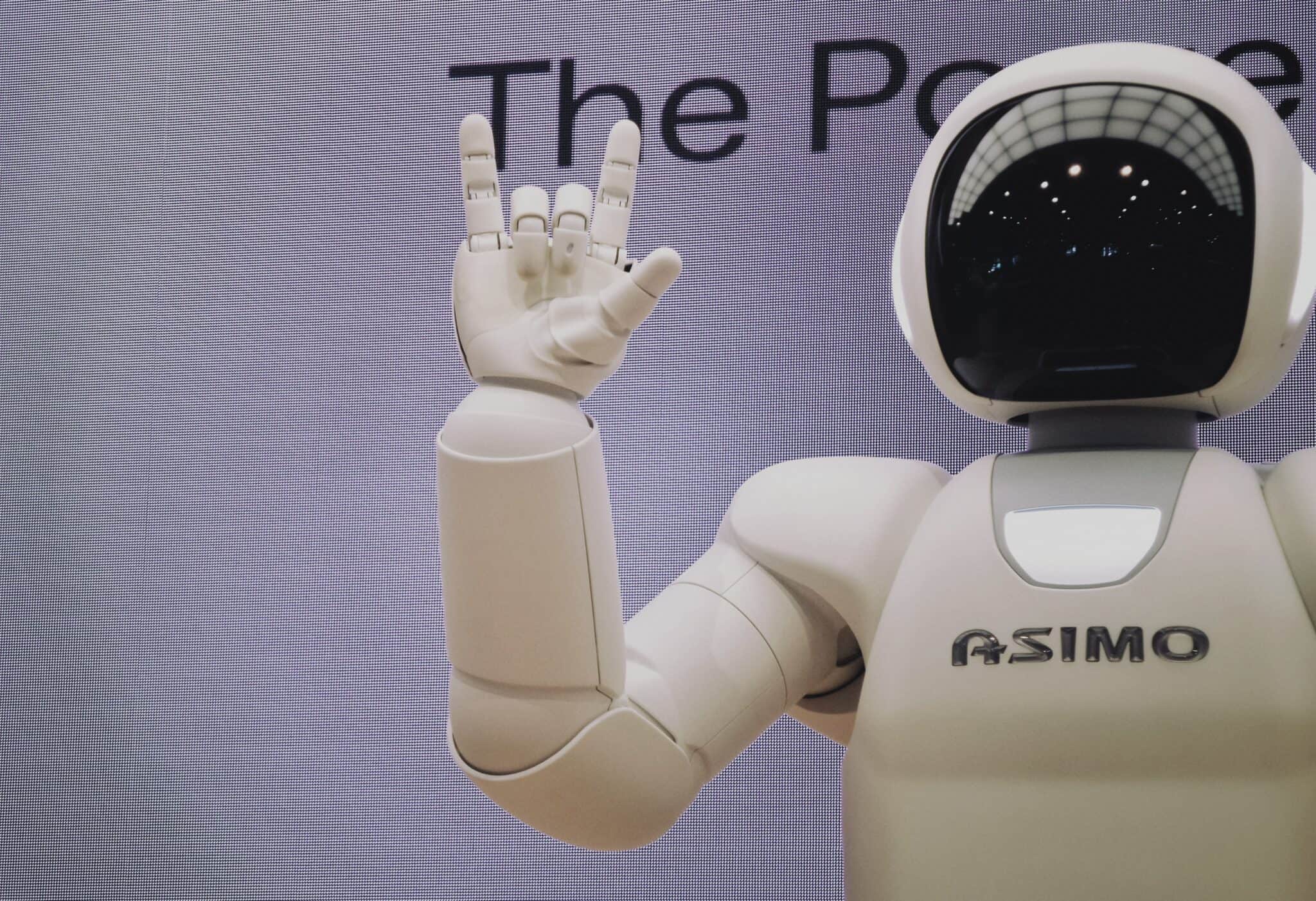
Fred Wang is a student at Harvard Law School.
In today’s news & commentary, employers resort to robots in response to labor shortages, Starbucks workers speak out against company’s customer-ratings system, and farmers adjust as the population of unauthorized immigrants in the U.S. declines.
Employers struggling to hire workers are turning to robots, the Wall Street Journal reports. Long a global laggard in the use of industrial robots, U.S. manufacturers are beginning to embrace robotics in light of current economic conditions. Orders for workplace robots in the U.S. jumped by a record 40% in the first quarter of 2022 (relative to the first quarter of 2021), according to trade group–reported data. Executives cited “rising wages” and “worker shortages” as the main drivers for this jump. There is a concern, however, that the shift to automation will lead to an “oversupply of human labor,” which will in turn drive down wages unless other sectors of the economy can “absorb displaced manufacturing workers.”
Starbucks workers are speaking out against the company’s crowd-sourced customer-ratings system, NBC News reports. Under this system, Starbucks customers rate workers based on a customer “connection” score. Scores are calculated based on responses asking consumers to rate statements such as: “The employees made an effort to get to know me.” Employees told NBC News that this approach has stretched workers too thin and made them feel “powerless.” In order to boost their stores’ connection scores, managers have pushed employees to draw on cups, make conversation with customers, and recognize regulars. But these demands have run up against other priorities, such as the requirement that workers make and serve drinks quickly. Employees posting on the Starbucks subreddit have expressed similar frustrations. And because employees lack control over their connection scores — given how arbitrary customer ratings can be — some have noted that this aspect of their work has made unionization more appealing.
Farm work in the United States — long performed predominantly by unauthorized immigrants — is changing, the New York Times describes. As the flow of young unauthorized immigrants from Mexico has slowed, farmers are turning to alternatives, such as workers on temporary guest-worker visas, automation, and less labor-intensive crops. Each comes with its own limitations and costs. Before, farmers were reluctant to hire workers with H-2A visas. Under the H-2A program, they would have to provide farmworkers with housing, transportation, and even meals. It was much cheaper to rely on the labor of immigrants who had crossed the border illegally. Now, they — and other employers that have traditionally relied on and taken advantage of this supply of cheap labor — will have to change their ways.






Daily News & Commentary
Start your day with our roundup of the latest labor developments. See all
April 18
Disneyland performers file petition for unionization and union elections begin at Volkswagen plant in Tennessee.
April 18
In today’s Tech@Work, a regulation-of-algorithms-in-hiring blitz: Mass. AG issues advisory clarifying how state laws apply to AI decisionmaking tools; and British union TUC launches campaign for new law to regulate the use of AI at work.
April 17
Southern governors oppose UAW organizing in their states; Florida bans local heat protections for workers; Google employees occupy company offices to protest contracts with the Israeli government
April 16
EEOC publishes final regulation implementing the Pregnant Workers Fairness Act, Volkswagen workers in Tennessee gear up for a union election, and the First Circuit revives the Whole Foods case over BLM masks.
April 15
The Supreme Court ruled in favor of bakery delivery drivers in an exemption from mandatory arbitration case; A Teamsters Local ends its 18-month strike by accepting settlement payments and agreeing to dissolve
April 14
SAG-AFTRA wins AI protections; DeSantis signs Florida bill preempting local employment regulation; NLRB judge says Whole Foods subpoenas violate federal labor law.